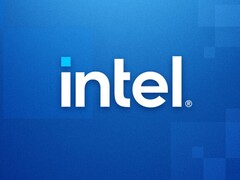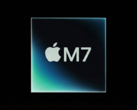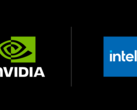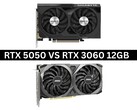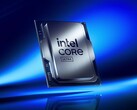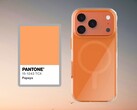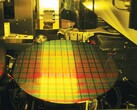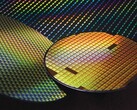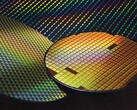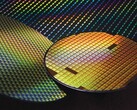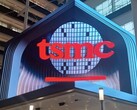With Samsung Foundry still struggling to stabilize yields for SF2, TSMC is the only option for most companies in the market for high-end chips. But, ballooning wafer prices might force some to look elsewhere for their chipmaking needs. Apple and Nvidia, two industry behemoths, are now looking at the third underdog in the semiconductor foundry market: Intel.
9to5Mac links a recent industry analyst research note with a report from Reuters to conclude that Nvidia and Apple might pivot to Intel's 14A node for future products. Intel's roadmap suggests that 14A isn't scheduled to enter risk production until 2027 and mass production until 2028, provided there are no further delays. Of course, these rumours aren't new, with an earlier one purporting Apple would use Intel 18A for some chips.
TSMC will satiate Apple's immediate chip needs, with the A19 and M5 series being manufactured on the chipmaker's N3P node. After that, in 2026, the A20 and M6 will transition to N2 and likely remain there for a year with the A21/M7. But only the Apple M8 might make the switch to 14A, with the A22 likely to stick with TSMC.
Moving on to Nvidia, its Rubin architecture is expected to utilize a custom TSMC 3 nm variant (likely 3N) for both its AI chips and RTX 60 series desktop GPUs. The latter is expected to show up sometime in 2027 if Nvidia's product roadmap doesn't change. That leaves us with Rubin's successor, the 2028-bound Feynman architecture, as a potential candidate for Intel 14A. However, Nvidia won't entirely divest itself from TSMC because 14A will only be used for some 'low-end' GPUs.
TSMC's N2 successor, A14, isn't due to launch until 2028, so it is far too early to speculate which OEMs will use it. Samsung may drop out of the 1.4 nm race due to its renewed focus on making SF2 more attractive to OEMs. That leaves just TSMC and Intel as the two foundries with 1.4 nm capacity, although Japanese firm Rapidus might also emerge as a potential 2 nm alternative by then.




